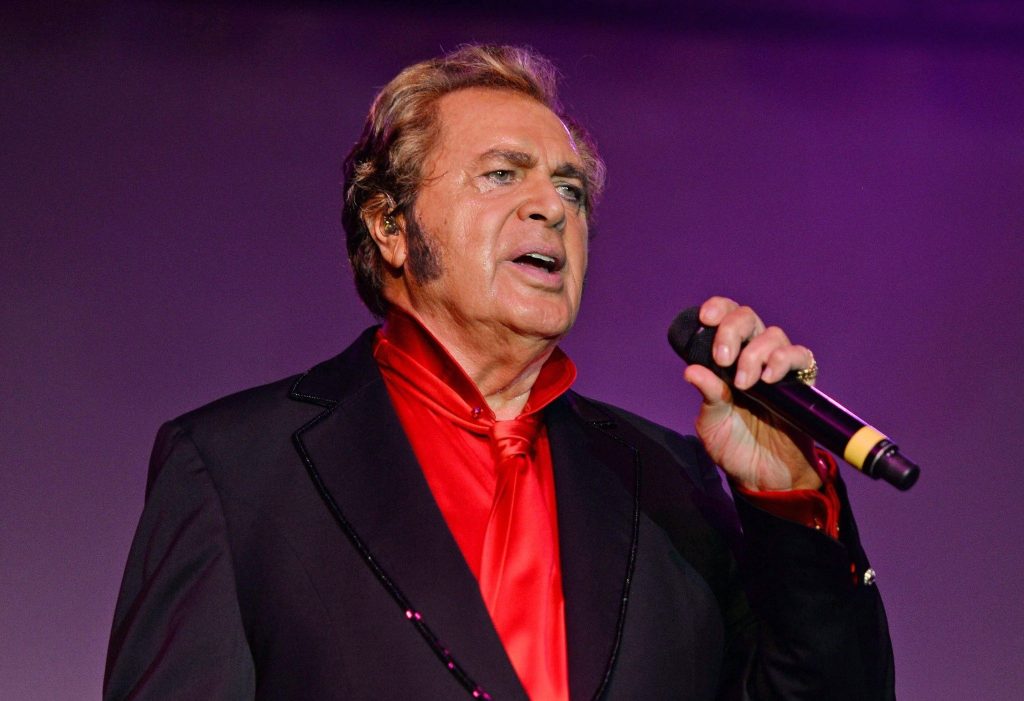
Engelbert Humperdinck: The Last Waltz
In the realm of popular music, there are songs that resonate with the masses, capturing the hearts of listeners with their melodies and lyrics. And then there are songs that transcend time and genre, becoming anthems for generations, etching their place in the collective consciousness. Engelbert Humperdinck’s “The Last Waltz” is undoubtedly one such song.
Released in 1967, “The Last Waltz” marked a turning point in Humperdinck’s career, catapulting him from a promising newcomer to an international superstar. The song’s success was undeniable, topping charts worldwide and selling over 11 million copies. But beyond its commercial triumph, “The Last Waltz” struck a chord with listeners, becoming a poignant expression of love, loss, and the bittersweet beauty of farewell.
The song’s opening notes, a delicate cascade of piano keys, immediately set the mood for a tale of heartache and longing. Humperdinck’s voice, rich and emotive, weaves a tapestry of sorrow and tenderness, each note imbued with the weight of a thousand unspoken words. The lyrics, penned by Barry Mason and Les Reed, paint vivid images of a love story reaching its inevitable end, a final dance under the fading moonlight.
“The Last Waltz” is not merely a song about a breakup; it is an exploration of the universal human experience of loss. It captures the ache of letting go, the lingering hope for reconciliation, and the bittersweet acceptance that some chapters must come to an end. The song’s enduring appeal lies in its ability to resonate with listeners across generations and cultures, each finding their own reflection in the poignant narrative.
Humperdinck’s delivery is a masterclass in vocal expression. He imbues each phrase with a depth of emotion that transcends language, conveying the unspoken pain and longing that lie at the heart of the song. His voice soars and dips, capturing the ebb and flow of emotions as the narrative unfolds.
“The Last Waltz” is a timeless classic, a song that continues to touch hearts and stir emotions decades after its release. It is a testament to the power of music to transcend language and culture, speaking directly to the human experience of love, loss, and the bittersweet beauty of farewell.